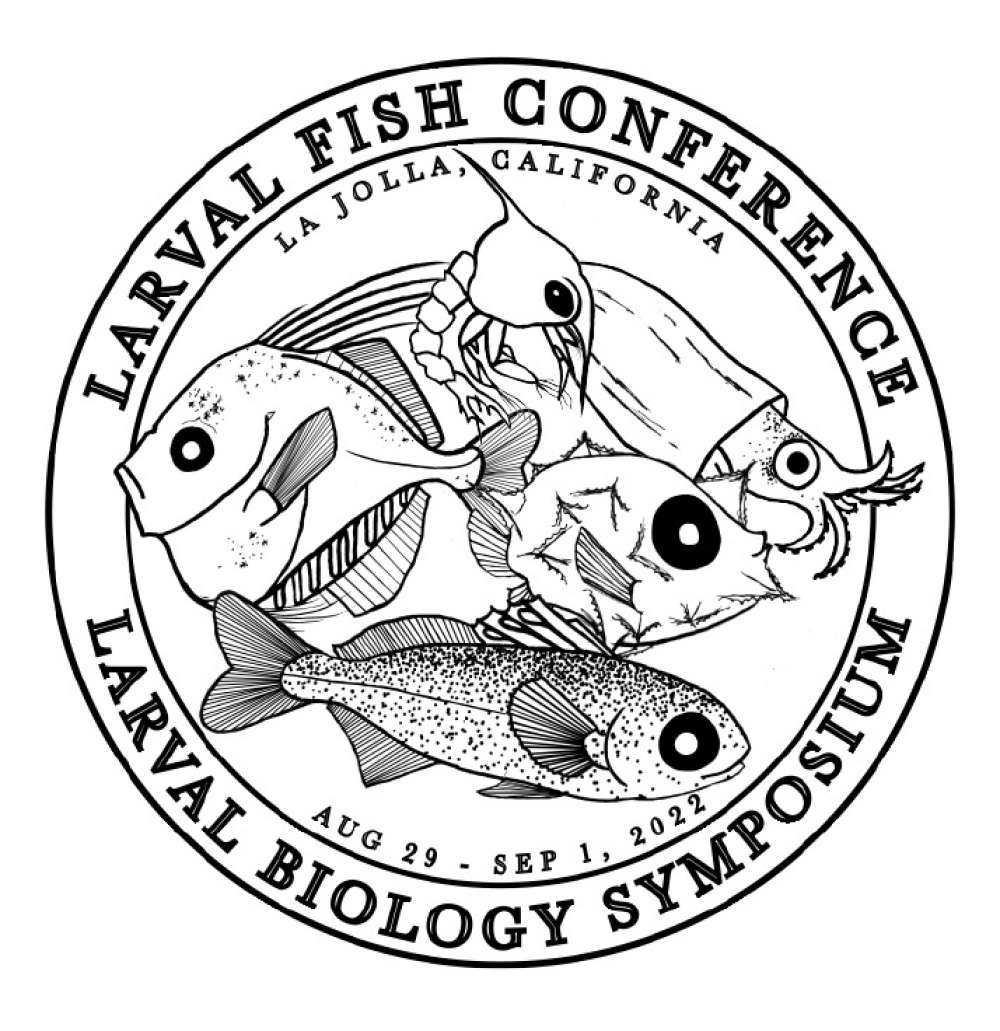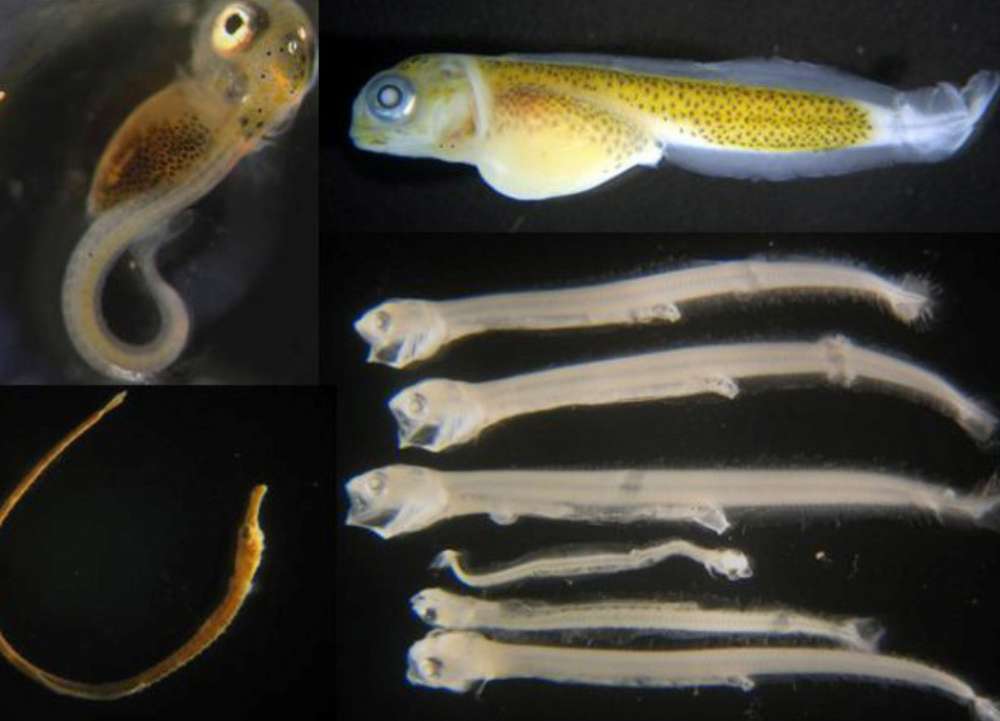The Wrack
The Wrack is the Wells Reserve blog, our collective logbook on the web.
The Wrack is the Wells Reserve blog, our collective logbook on the web.

This week I attended the 45th annual American Fisheries Society Larval Fish Conference & 13th International Larval Biology Symposium, held jointly at the Scripps Institution of Oceanography at the University of California San Diego.
On Monday morning, I presented "Changes in the coastal ichthyoplankton assemblage of a rapidly changing Gulf of Maine: The view from a southern Maine estuary," a report co-authored by Drs. Jason Goldstein and Eric Bjorkstedt.
Patterns and trends in larval fish assemblages present a potentially informative approach to quantifying ecosystem responses in a rapidly changing Gulf of Maine, which has experienced one of the fastest warming trends of any marine system on Earth.
Here, we present results from a long-term (2009 to present), high-interval sampling of ichthyoplankton entering the Webhannet River Estuary (Wells, ME, USA). Sampling was conducted during late flood tide to assess the ingress of larval fish from nearby coastal waters.
To date, the collection includes nearly 9,000 individuals representing 36 species, of which four, Tautogolabrus adsperus (cunner), Ammodytes americanus (sand lance), Clupea harengus (Atlantic herring), and Pseudopleuronectes americanus (winter flounder) dominate the assemblage (>80% of the individuals captured), and cleanly resolves seasonal variability in the coastal ichthyoplankton assemblage.
The clearest responses to climate change and variability are found in the occurrence of rare (and new) species into the region, such as the detection of larval Centropristis striata (black sea bass) following anomalous warming in 2012, and shifts in the abundance of common species that [are] consistent with plausible population and ecosystem responses to climate variability in the Gulf of Maine.
These results demonstrate the value of long-term sampling at coastal locations for increasing our understanding of the variability in larval fish assemblages as an indicator of coastal ecosystem response to ongoing climate change.
